How do I create a confidence ellipse in a scatterplot using matplotlib?
The following code works until creating scatter plot. Then, is anyone familiar with putting confidence ellipses over the scatter plot?
import numpy as np
import matplotlib.pyplot as plt
x = [5,7,11,15,16,17,18]
y = [8, 5, 8, 9, 17, 18, 25]
plt.scatter(x,y)
plt.show()
Following is the reference for Confidence Ellipses from SAS.
http://support.sas.com/documentation/cdl/en/grstatproc/62603/HTML/default/viewer.htm#a003160800.htm
The code in sas is like this:
proc sgscatter data=sashelp.iris(where=(species="Versicolor"));
title "Versicolor Length and Width";
compare y=(sepalwidth petalwidth)
x=(sepallength petallength)
/ reg ellipse=(type=mean) spacing=4;
run;




